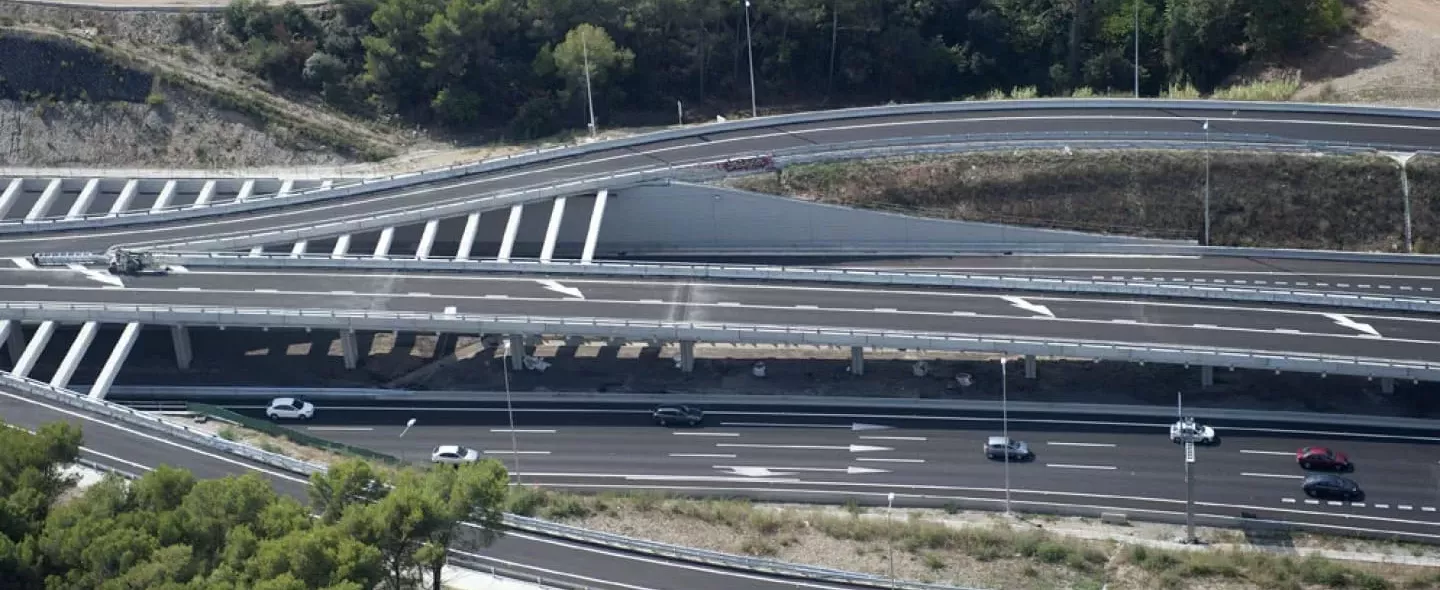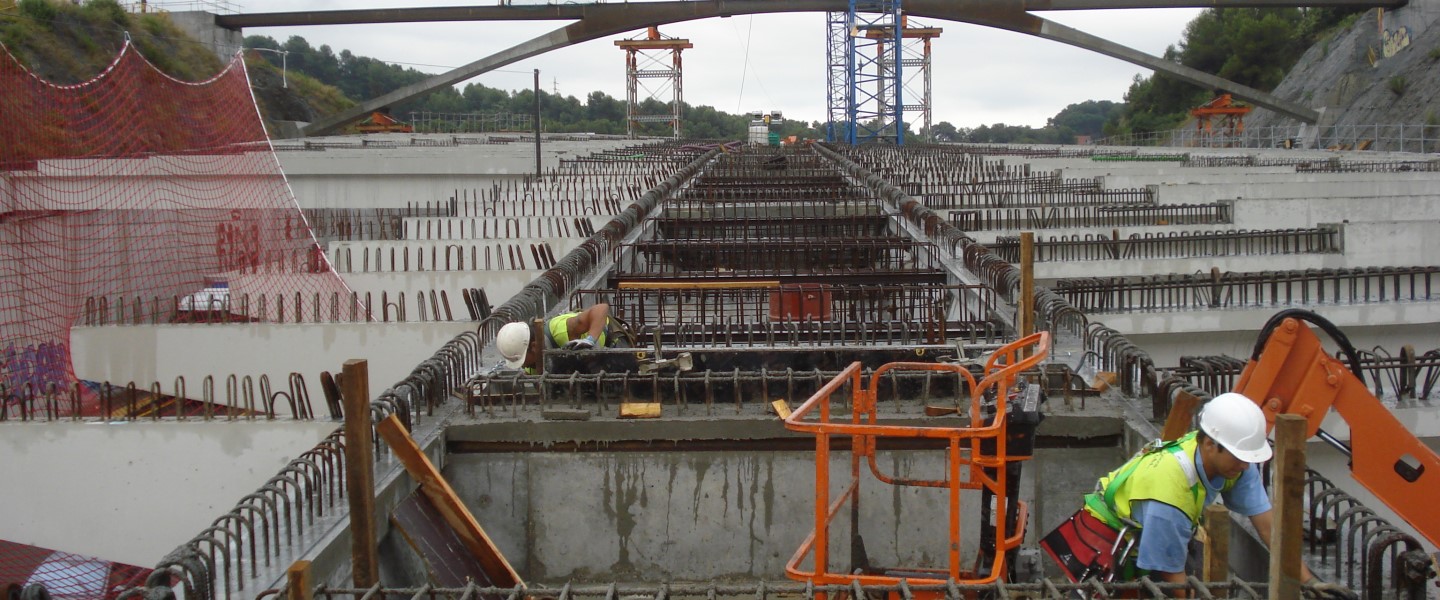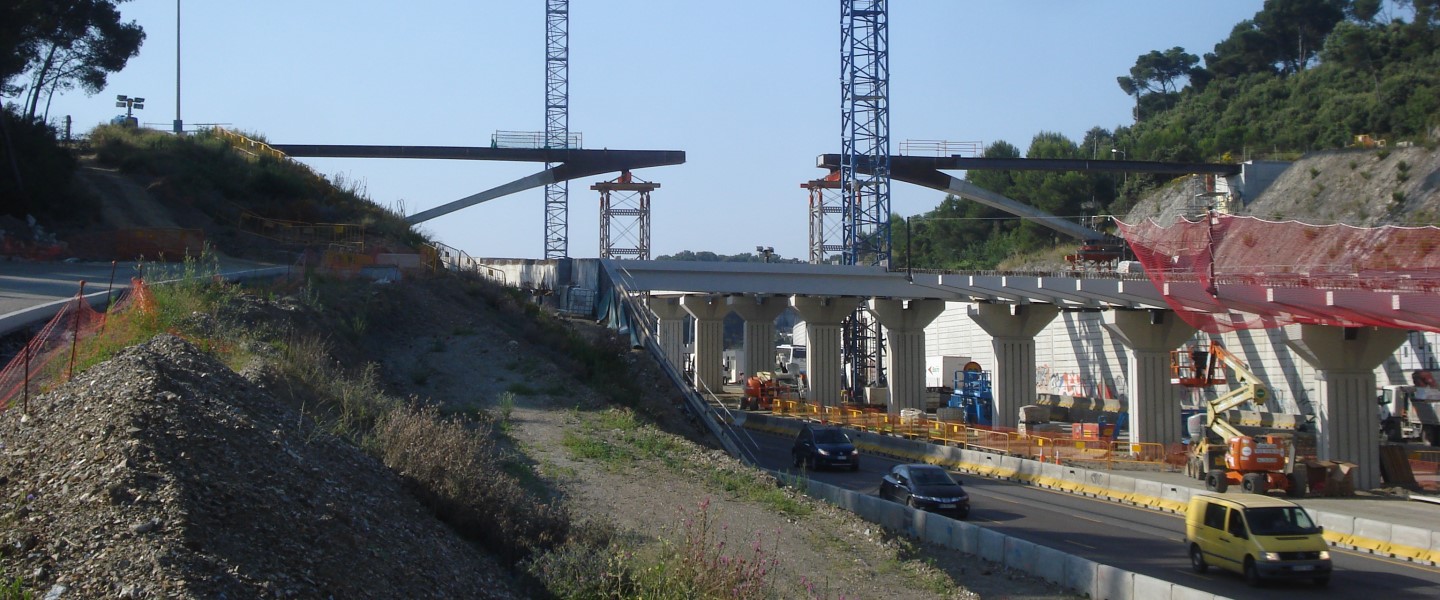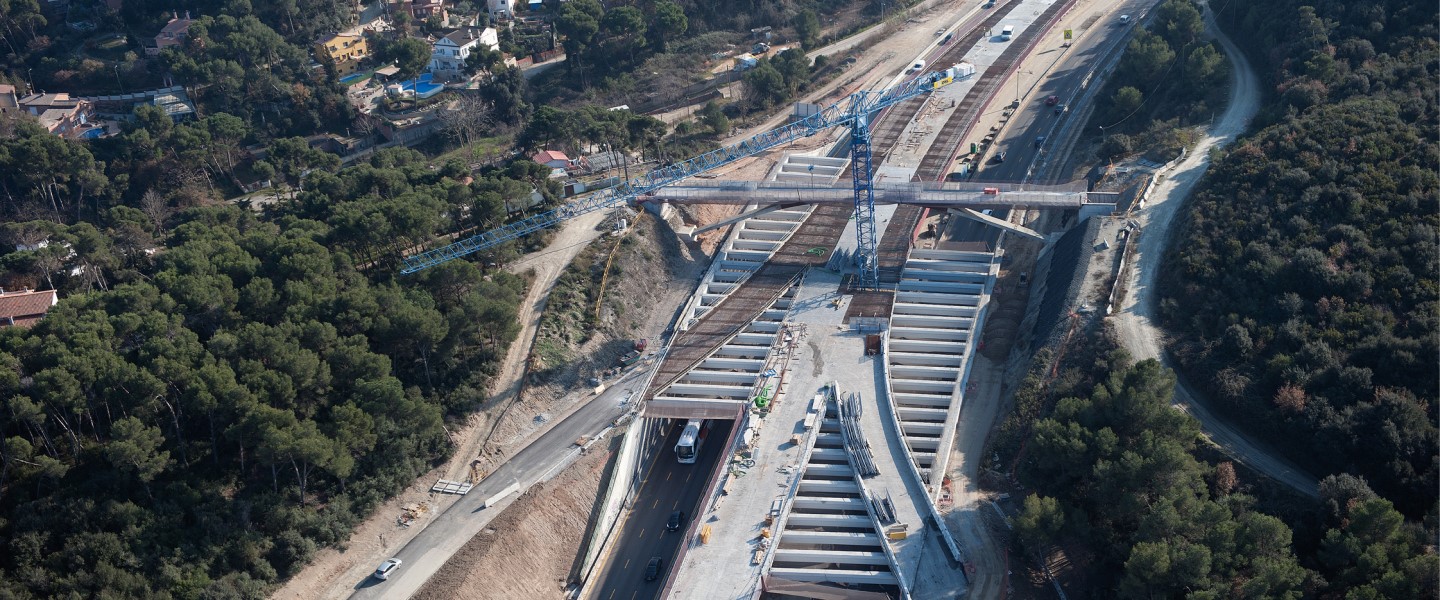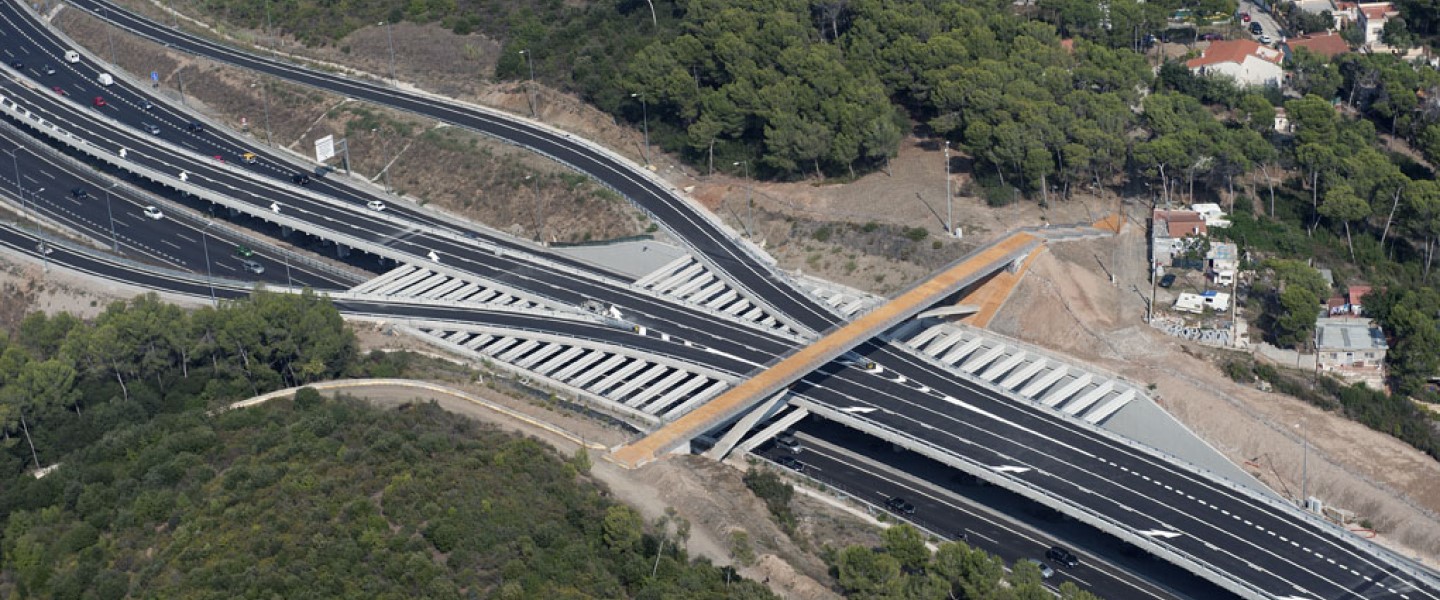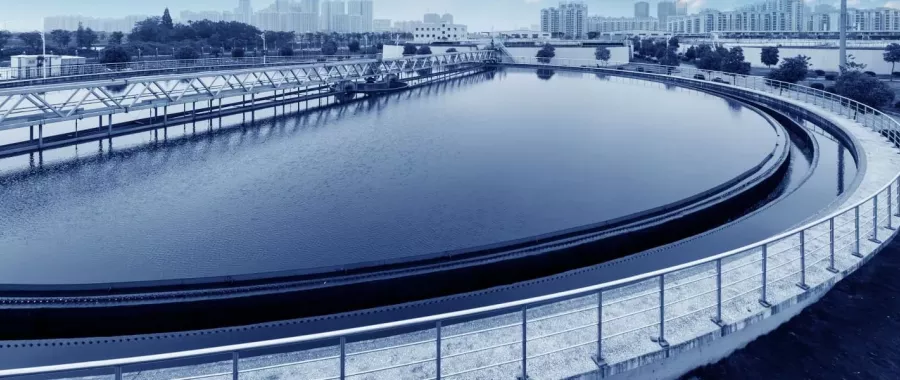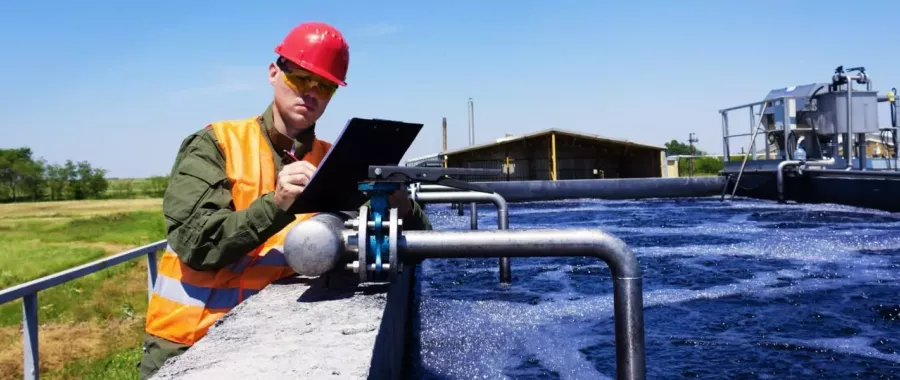SOCOTECT completed planning and worksite management for a HOV bus lane project between Barcelona and the municipality of Montcada i Reixach.
General information
Date: 2008 - 2012
Client: Tabasa
Location: Barcelona - Spain
Photo copyright: ©SOCOTEC Spain

Talk to our experts
Project summary
This project defined, justified and valued the work needed to expand the B-23 roadway in the direction of Barcelona, enabling the creation of a bus lane from the A-2 motorway connection until the intersection of Avinguda Diagonal and Avinguda d’Albert Bastardas in Barcelona.
Project details
Project characteristics :
- Expanding the roadway – designing the expansion of the road surface,
- Planning and carrying out geotechnical work,
- Designing structural expansion,
- Designing drainage for the central reservation,
- Planning the replacement of affected services,
- Designing signage, beacons and road barriers,
- Designing total renovation,
- Designing corrective measures in response to the environmental impact,
- Planning monitoring and tracking,
- Organising the project.
This project defined, justified and valued the work needed to expand the B-23 roadway in the direction of Barcelona, allowing for the introduction of a bus lane from the A-2 motorway connection until the intersection of Avinguda Diagonal and Avinguda d’Albert Bastardas in Barcelona – a 8,616.385 m-long section.
The lane was planned without any physical separation from traffic going in the same direction, enabling public transport vehicles to access to it from any part of the route.
The project also included work to expand the roadway and build new paving on Avinguda Diagonal in the direction of the Barcelona exit.
Expanding the roadway entailed expanding seven structures: five beam bridges and two integral bridges. All of these expansion projects were planned to be carried out while maintaining the typology of the existing structure.
This expansion also involved implementing drainage for the central reservation, as well as all affected services (i.e. the Servei Català de Trànsit network). Most services were planned to pass through existing underpasses, but protection was also required for services that would cross the foot of the embankment vertically.
The bus lane is indicated with road surface markings and variable message signs. These signs are located on the new overhead signs positioned on the pre-existing gantries installed by Servei Català de Trànsit, the regional transport service for Catalonia.
The project also involved paving the entire road in the direction of Barcelona.

